A unicornuate uterus or unicornis unicollis is a type of Müllerian duct anomaly (class II). It is also known as a banana-shaped uterus 6,7, because of the shape the single horn assumes, and it usually drains into a single fallopian tube.
On this page:
Epidemiology
This type can account for ~10% (range 6-13%) of uterine anomalies and infertility is seen in ~13% (range 5-20%) of cases.
Associations
-
renal abnormalities
renal anomalies are more commonly associated with a unicornuate uterus than with other Müllerian duct anomalies and are present in 40% of cases, e.g. renal agenesis
the renal anomaly is always ipsilateral to the rudimentary horn
cryptomenorrhea within endometrium containing rudimentary horn that does not communicate with the endometrial cavity
primary infertility 4
Pathology
There is a failure of one Müllerian duct to elongate while the other develops normally. The embryologic predominance of the unicornuate uterus to be on the right has not been explained. It may or may not have a rudimentary horn.
Classification
It can be classified into the following types according to the American Fertility Society 3:
-
type a: with rudimentary horn
-
a1: horn contains endometrium
a1a: communicating contralateral rudimentary horn contains endometrium (10%)
a1b: non-communicating contralateral rudimentary horn contains endometrium (22%)
a2: contralateral horn has no endometrial cavity (33%)
-
type b: no horn (35%)
Radiographic features
Hysterosalpingogram
The endometrial cavity usually assumes a fusiform (banana type) shape (except for type a where there may be a small cavitation filling defect), tapering at the apex and draining into a single fallopian tube. The uterus is generally shifted off the midline.
Ultrasound
It can be difficult to detect on ultrasound. The uterus may be seen tapering to one side.
MRI
curved and elongated uterus: banana-shaped external uterine contour 7
reduced uterine volume
asymmetric uterine configuration
normal myometrial zonal anatomy
Treatment and prognosis
Of the Müllerian duct anomalies, a unicornuate uterus is considered to have the second-worst obstetric outcome (the worst is a septate uterus).
Spontaneous abortion rates are reported to range from 41-62%. Reported premature birth rates range from 10-20%. Fetal survival rate is ~40% (range 38-57%).
Differential diagnosis
-
two cervical canals
cannulation of only one of these canals may mimic unicornuate uterus on a hysterosalpingogram



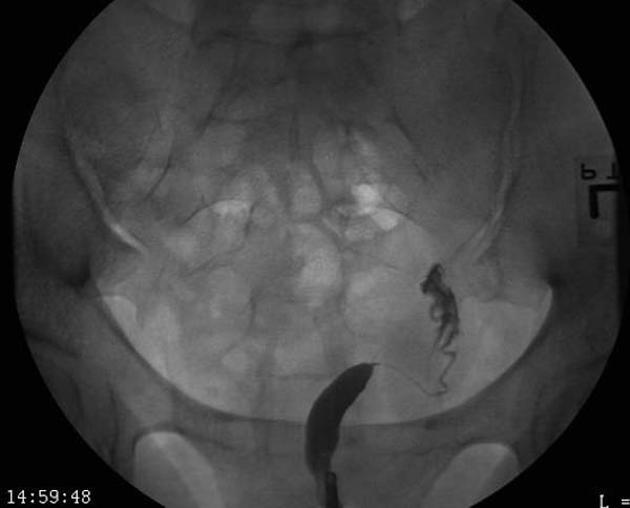
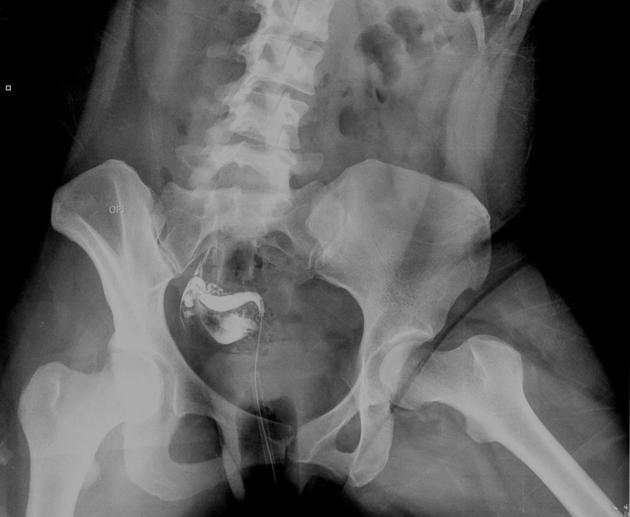
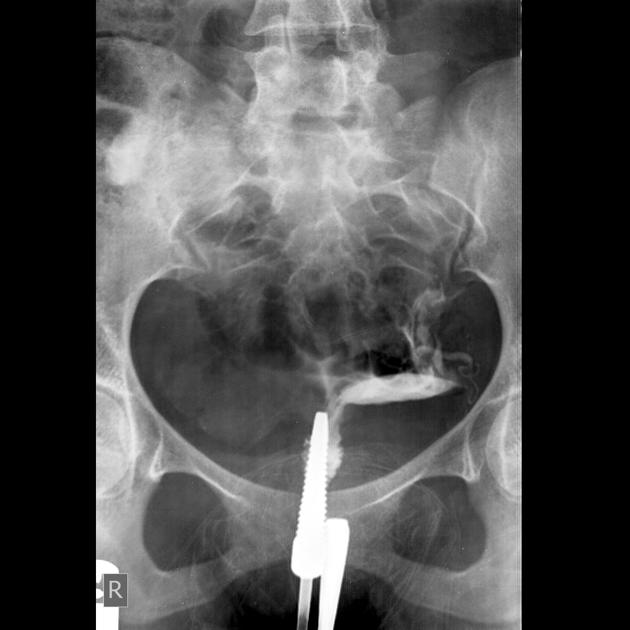
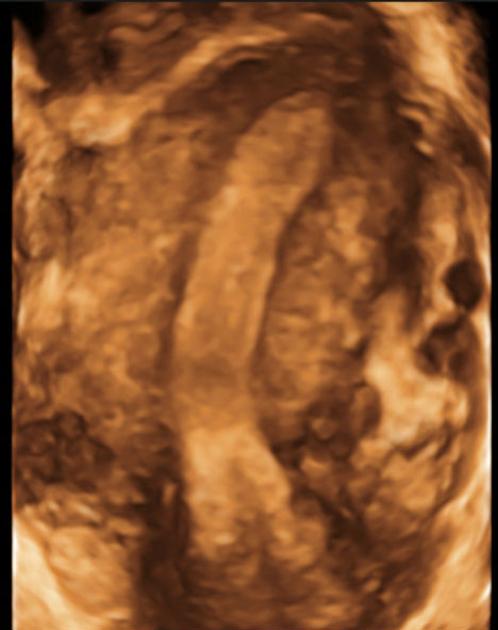
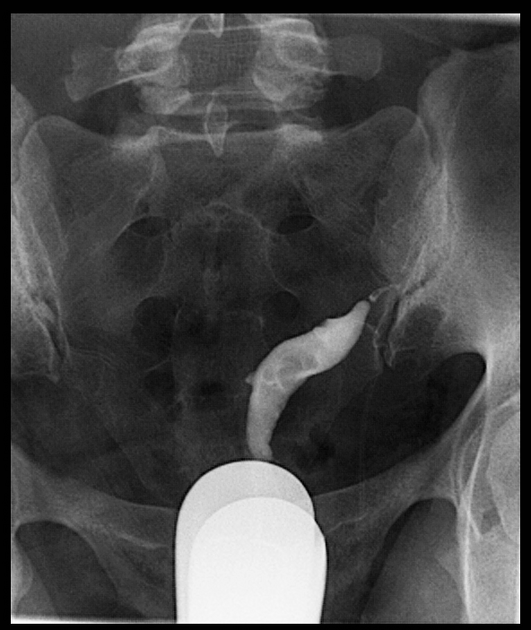
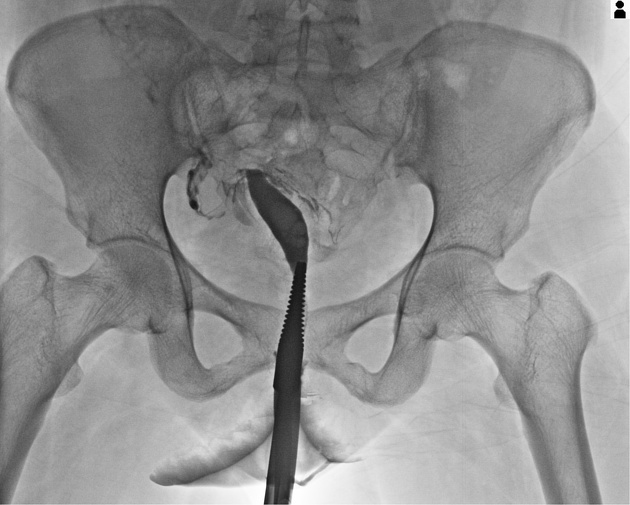
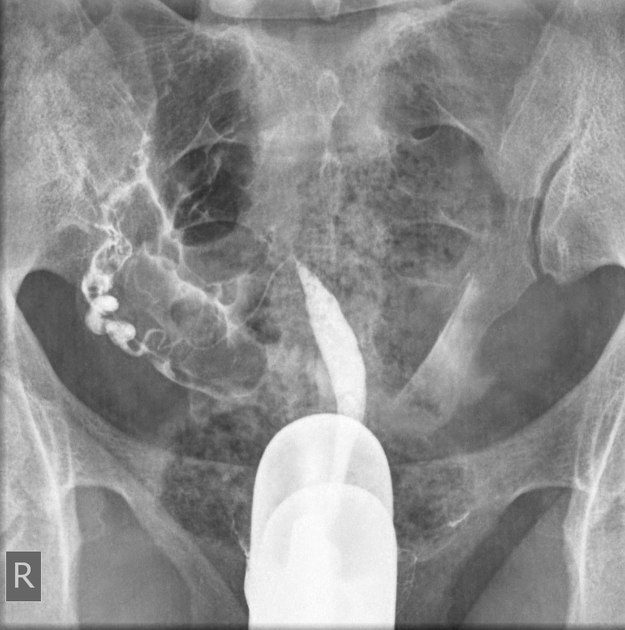
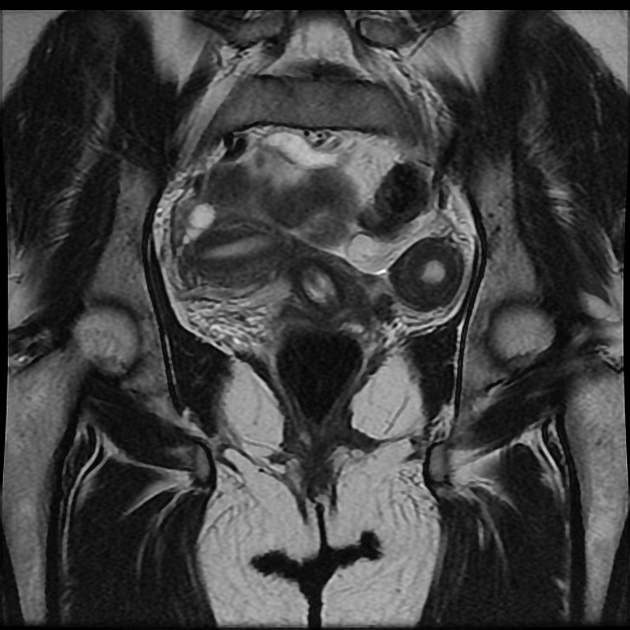
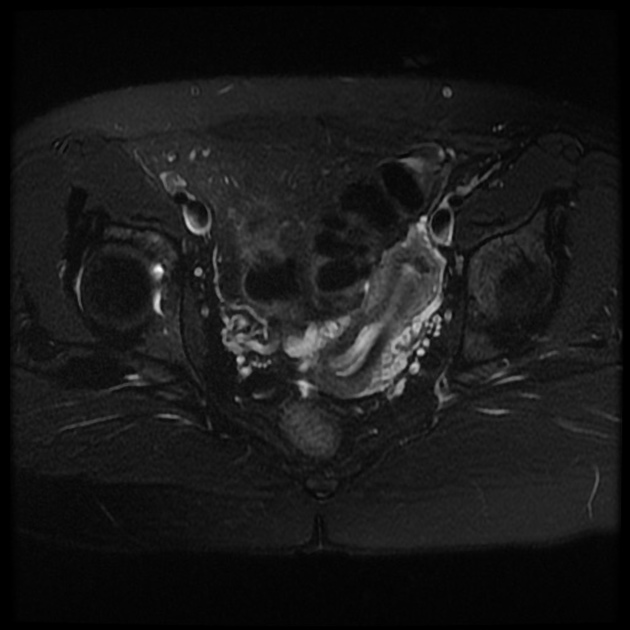
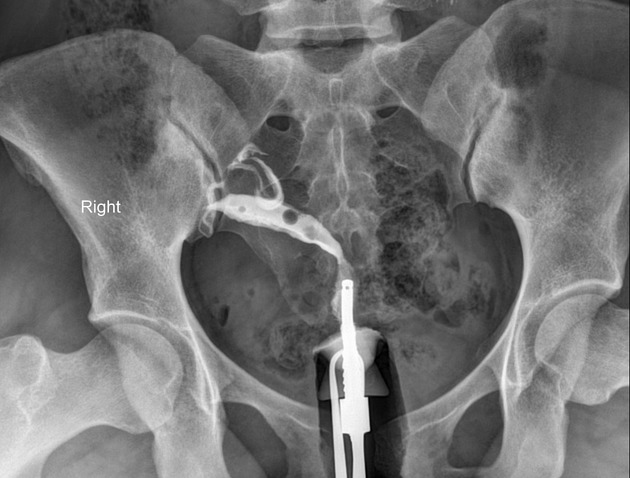
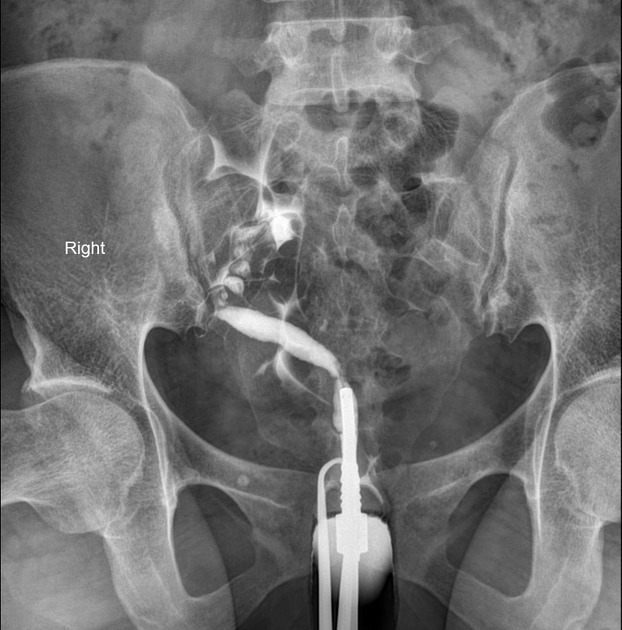
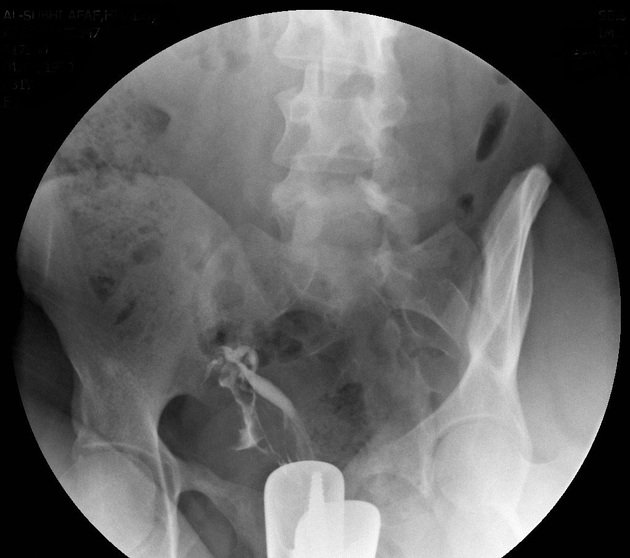
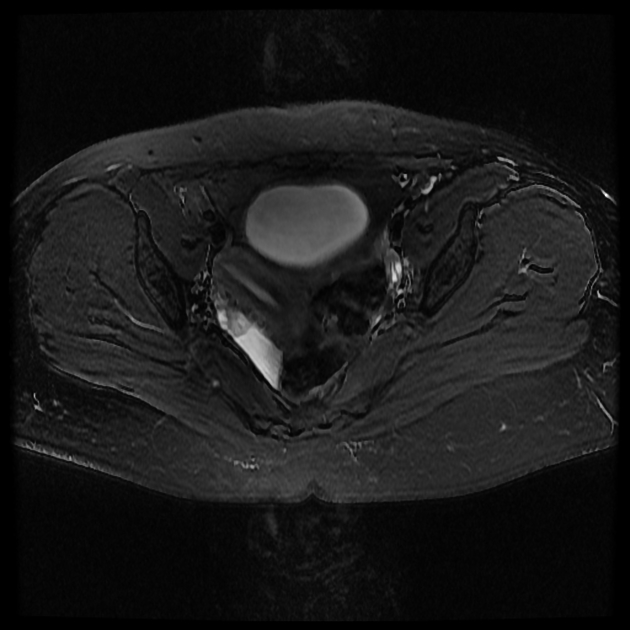
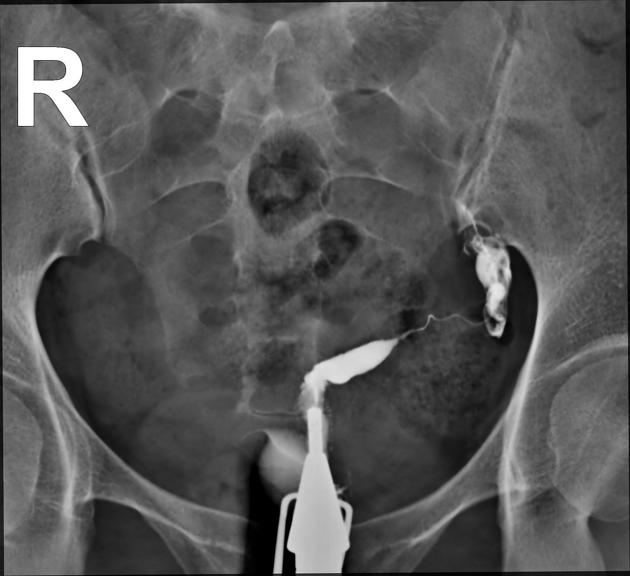
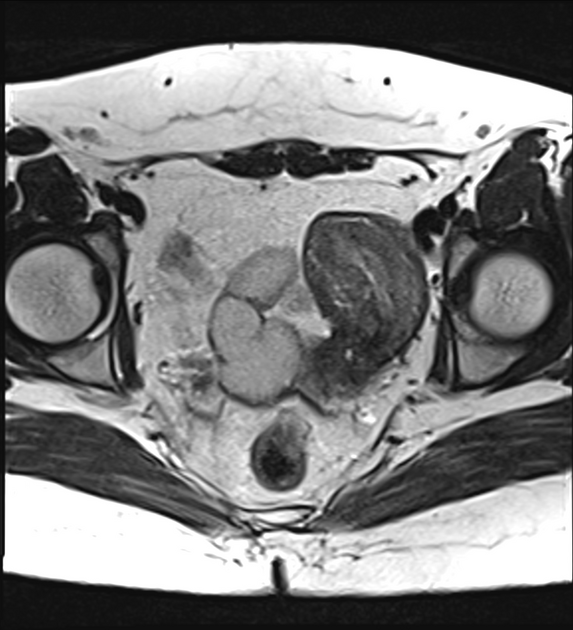
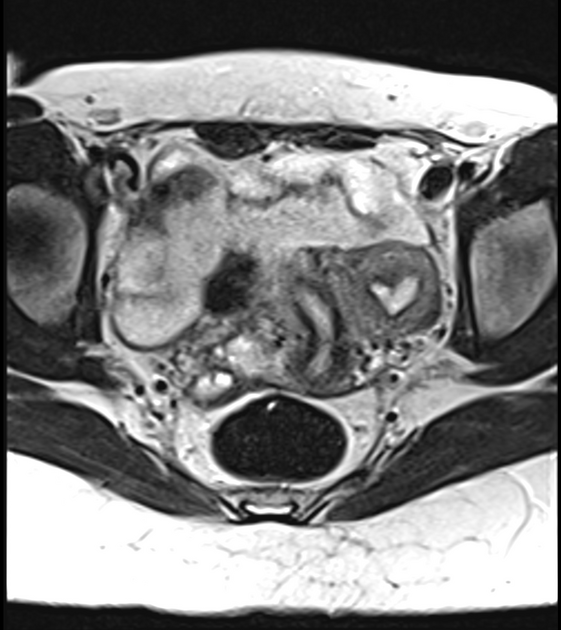
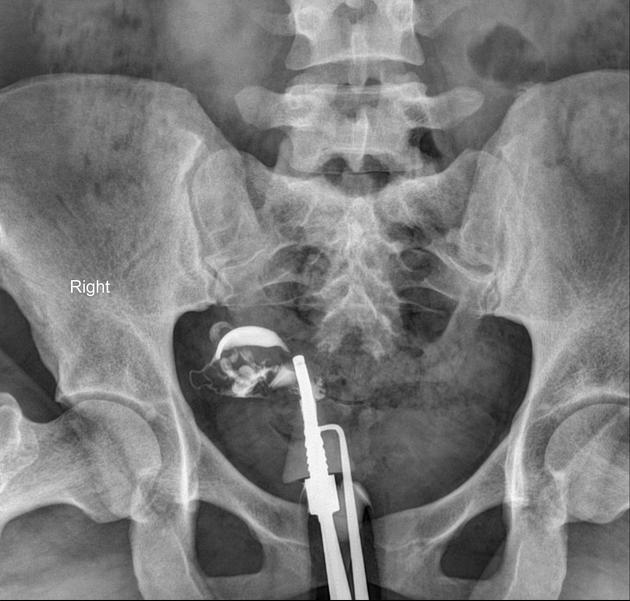

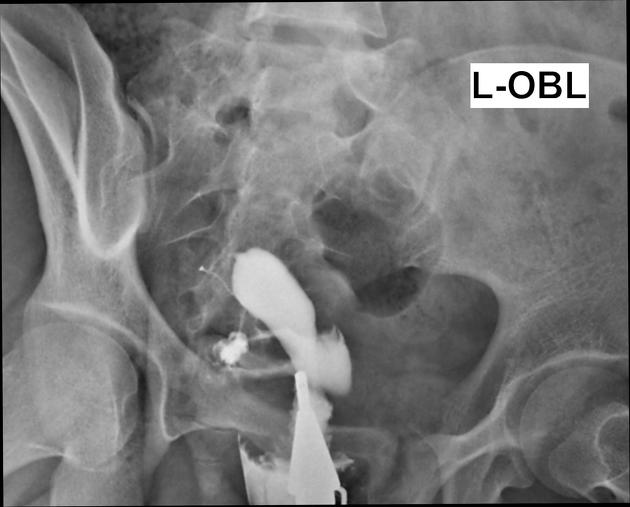

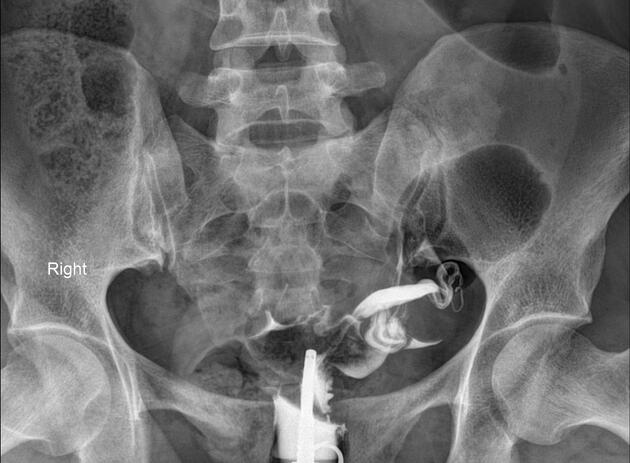
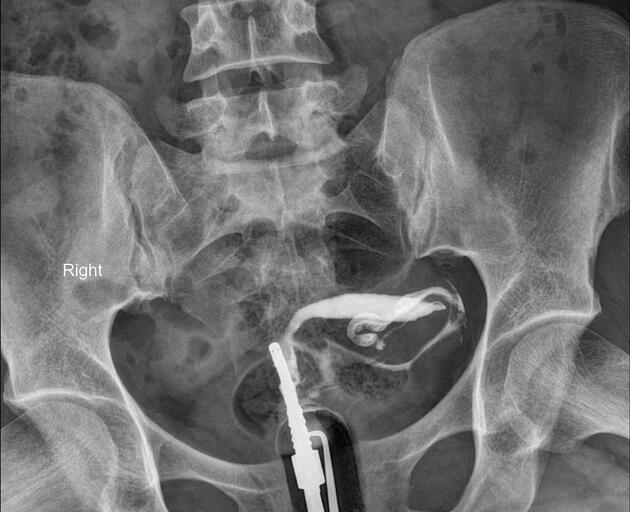
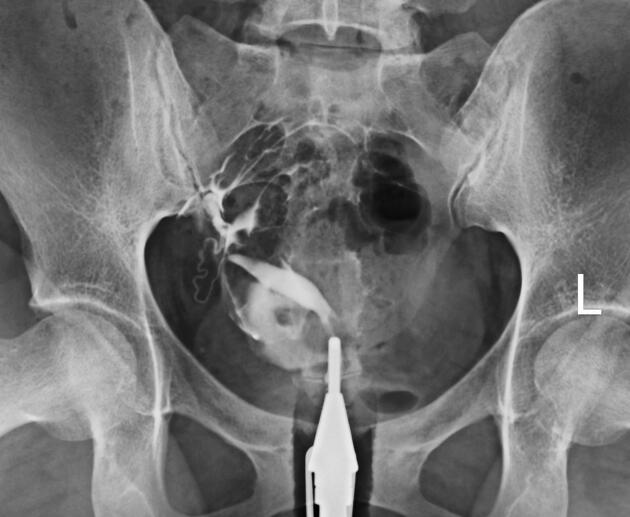
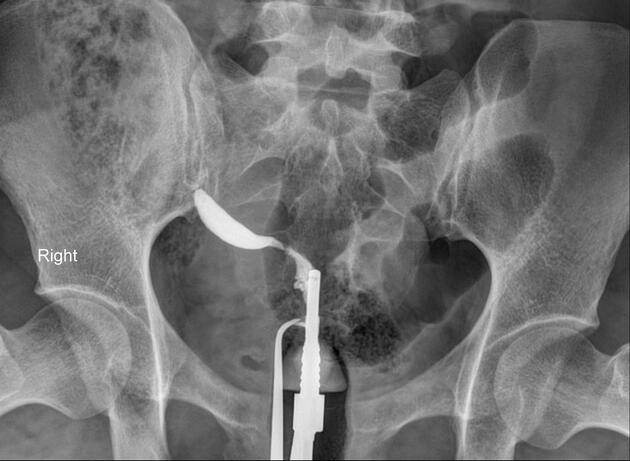

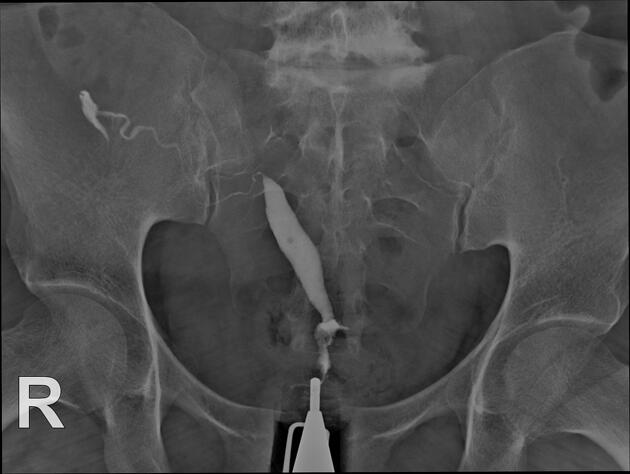
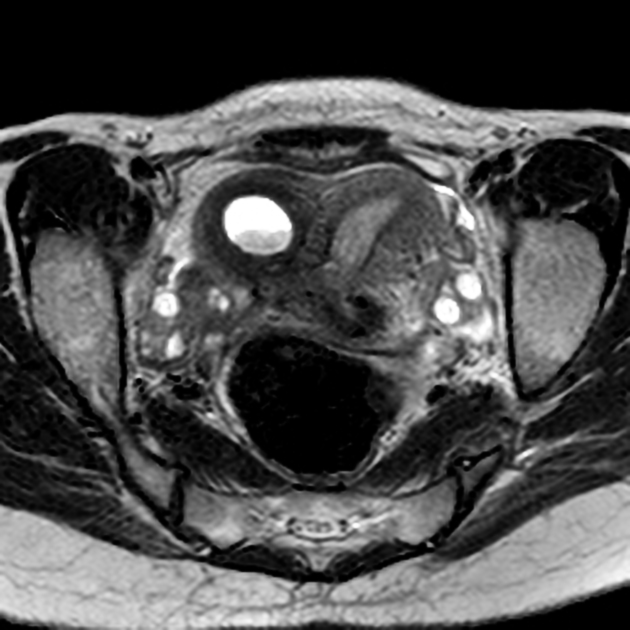
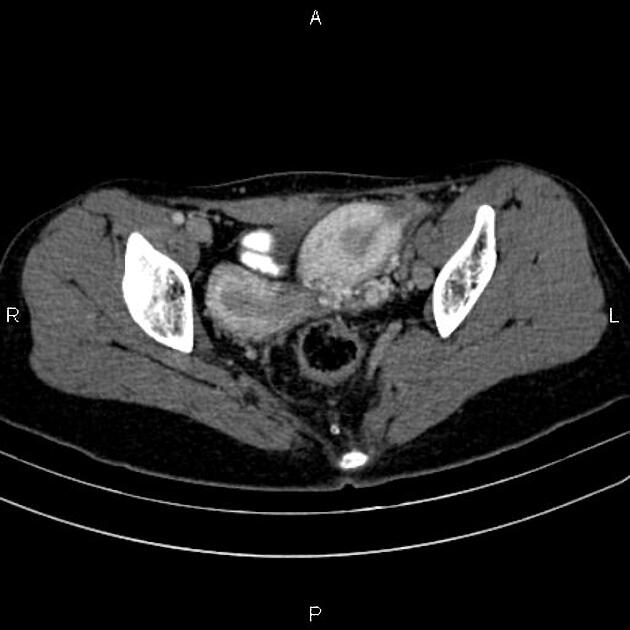
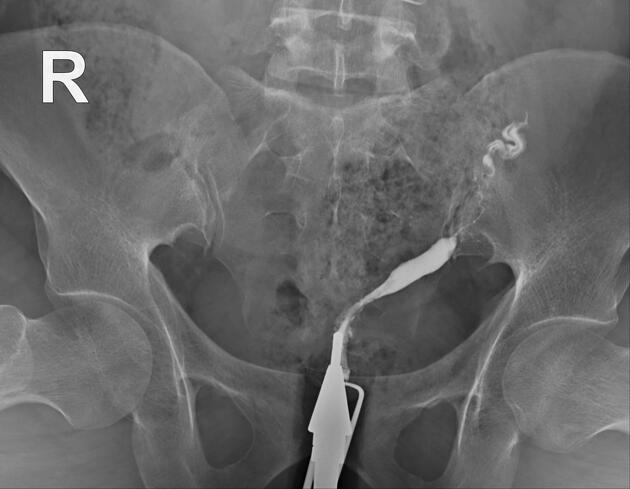
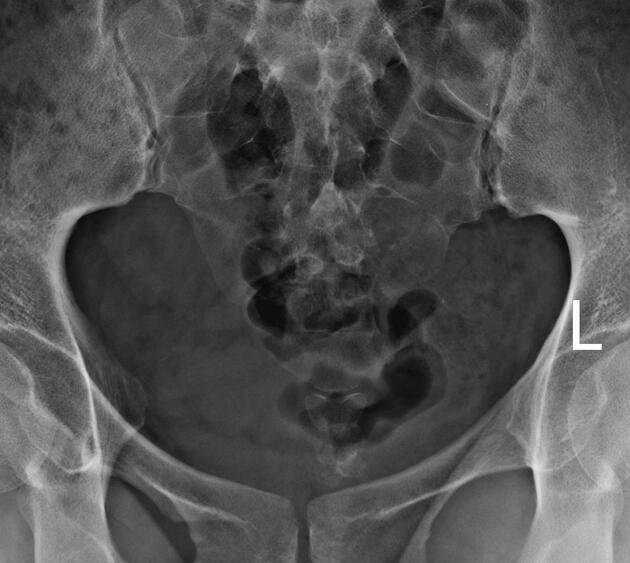


 Unable to process the form. Check for errors and try again.
Unable to process the form. Check for errors and try again.